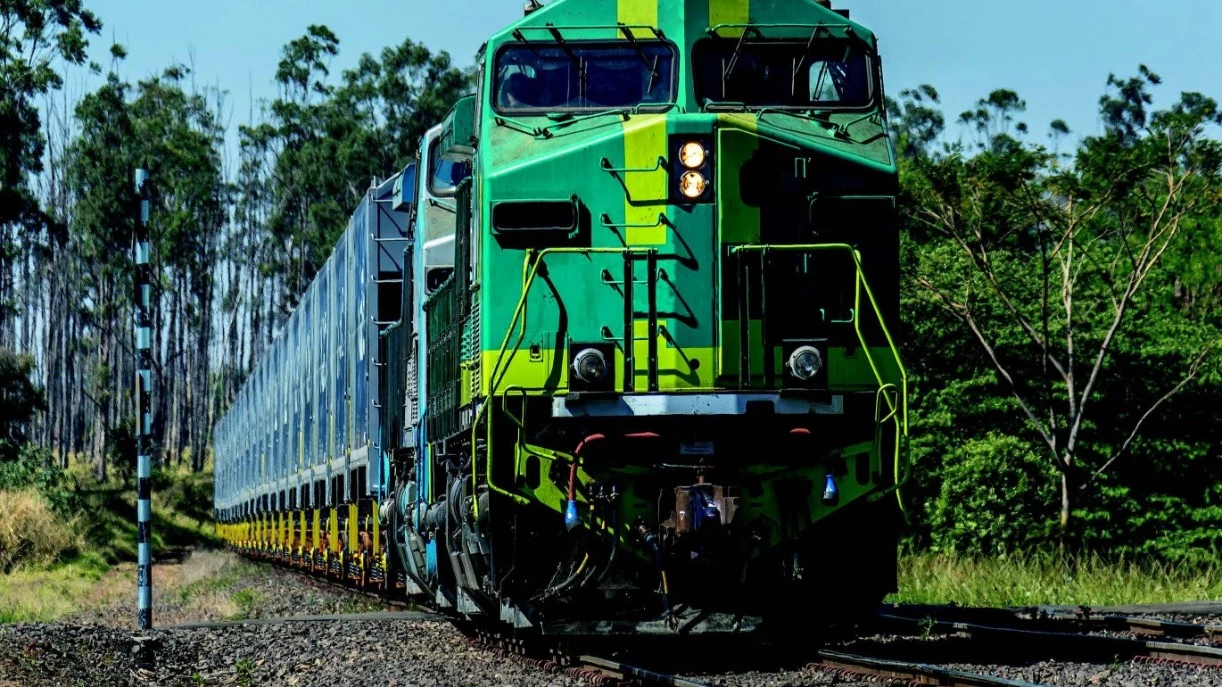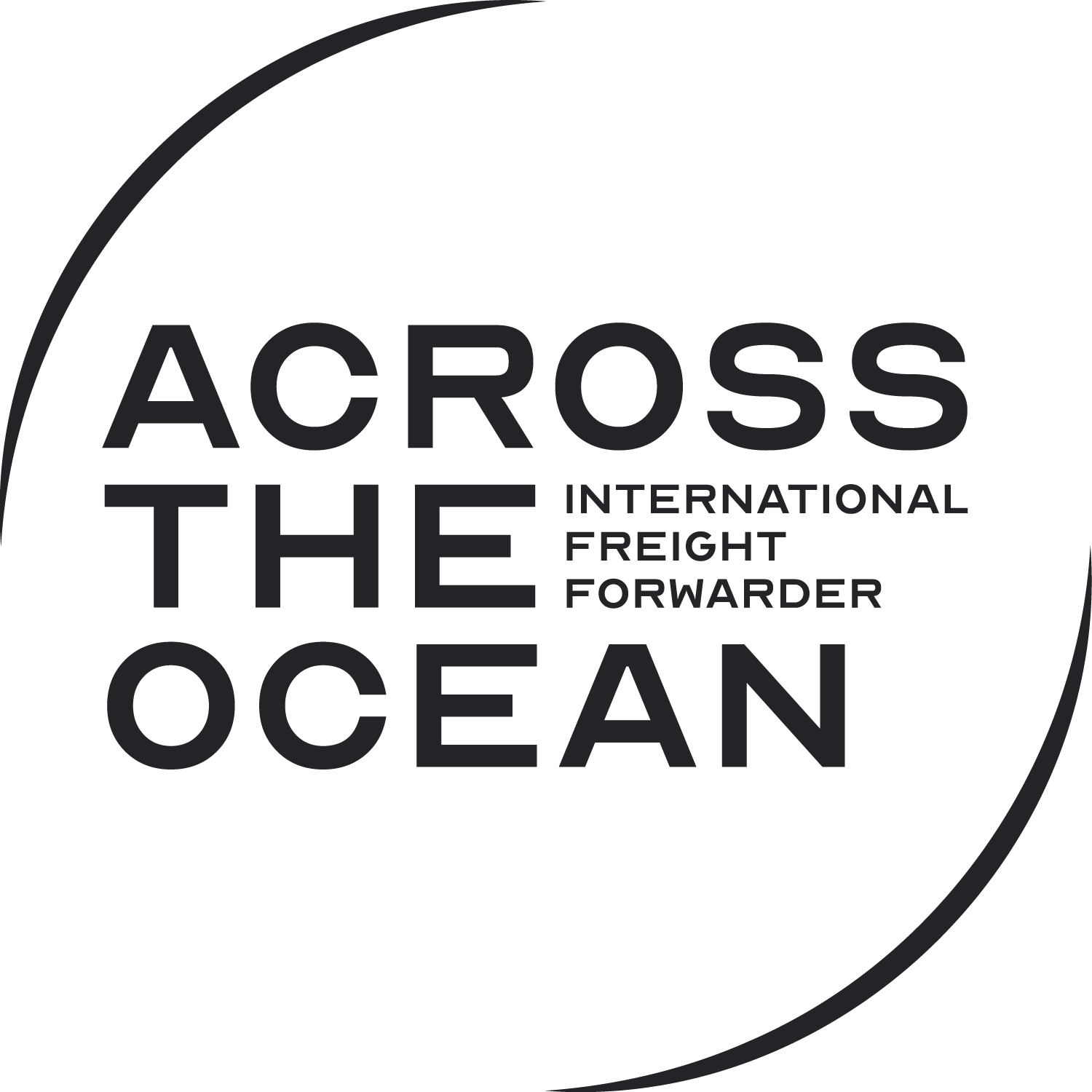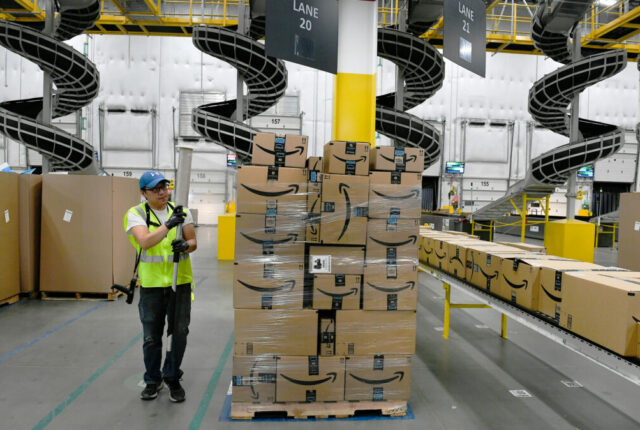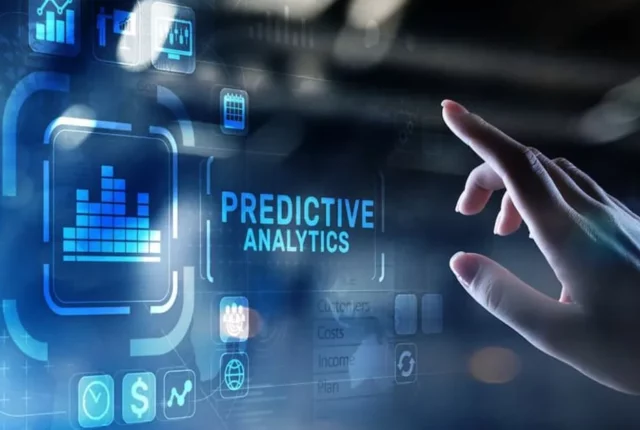
Optimising for Sustainability: Balancing Cost, Carbon, and Customer Expectations in 2025
Sustainability has evolved from a buzzword into a boardroom priority. In 2025, companies across industries are navigating a complex landscape where profitability must coexist with environmental responsibility. Businesses can no longer afford to treat sustainability as a side initiative. Instead, it has become central to brand reputation, regulatory compliance, and long-term resilience.
The challenge? Balancing cost efficiency, carbon reduction, and customer expectations—three forces that often pull in different directions.
The Triple Challenge: Cost, Carbon, and Customer Expectations
Rising operational costs and the push for efficiency
With energy prices fluctuating and raw material scarcity increasing, companies face mounting operational costs. Efficiency improvements, from energy-saving technologies to waste reduction programs, are no longer optional—they’re essential for survival.
Global carbon reduction targets and regulations
Governments worldwide have tightened climate policies, setting aggressive carbon neutrality goals. Businesses are expected to align with these frameworks, facing penalties if they fail to act.
Shifting consumer demand toward eco-conscious brands
Customers today don’t just buy products; they buy values. Deloitte’s Global Consumer Signals Survey shows that nearly half of consumers worldwide purchase at least one sustainable product every month. In the U.S., about 47% of shoppers reported buying a sustainable good in the past four weeks. This steady demand proves that sustainability is no longer a niche preference—it’s becoming a mainstream expectation.
The Role of Data and Technology in Sustainable Optimisation
AI, IoT, and big data in measuring sustainability
Smart technologies are enabling businesses to measure environmental impacts with unprecedented accuracy. AI-powered tools help companies track emissions across their supply chain.
Real-time monitoring of carbon footprints
IoT sensors embedded in logistics networks provide real-time updates on emissions, helping companies make quick adjustments.
Predictive analytics for cost-efficient sustainability
Predictive analytics allows businesses to simulate outcomes, balancing cost savings with sustainability targets.
Cost vs. Sustainability: Striking the Right Balance
Initial investment vs. long-term savings
While sustainability projects often require upfront investment, the payoff is significant. Energy-efficient buildings, for instance, lower utility costs for decades.
The ROI of green infrastructure and supply chains
A McKinsey report highlights that companies implementing green supply chains reduce costs by up to 5-10% while improving supply chain efficiency by up to 20%
Meeting Carbon Neutrality Goals by 2030 and Beyond
Net-zero pledges from governments and industries
More than 140 countries have pledged to achieve net-zero emissions, pushing companies to adopt cleaner operations.
Renewable energy adoption in 2025
Solar, wind, and hydrogen power are no longer niche—they’re mainstream, making renewable adoption more cost-effective.
Carbon offsetting and its controversies
Offsetting remains a debated practice. Critics argue it delays genuine change, while proponents see it as a bridge toward cleaner technologies.
Customer Expectations in 2025: A Shift Toward Value-Driven Choices
Gen Z and millennials driving demand for transparency
Young consumers demand authenticity. Greenwashing risks severe reputational damage.
The rise of eco-labels and certifications
Labels such as B Corp, Fairtrade, and Carbon Neutral are increasingly influencing purchase decisions.
Social media’s role in shaping sustainable reputations
In the digital age, one viral post about unsustainable practices can damage a brand overnight.
Strategies for Businesses to Optimise for Sustainability
Circular economy practices and closed-loop systems
Businesses are embracing recycling, refurbishing, and reuse to minimize waste.
Sustainable sourcing and ethical supply chains
Ethical procurement ensures raw materials don’t come at the expense of the environment or human rights.
Energy-efficient operations and smart logistics
From electric fleets to AI-driven logistics, businesses are reducing carbon footprints while cutting costs.
The Role of Policy and Regulation in Driving Change
ESG reporting requirements in 2025
Transparency is now mandatory. Companies must disclose ESG data in annual reports.
Tax incentives and green subsidies
Governments reward businesses investing in renewable energy and sustainable technologies.
Penalties for non-compliance with carbon targets
Heavy fines encourage industries to act decisively.
Building a Future Where Profit Meets Purpose
In 2025, sustainability is no longer a compromise—it’s a competitive advantage. Businesses that successfully balance cost efficiency, carbon reduction, and customer expectations will emerge as leaders in the green economy. The future belongs to companies that prove profitability and purpose can go hand in hand.
🌍 By optimising for sustainability today, we’re not just shaping resilient businesses—we’re safeguarding the planet for generations to come.
FAQs
How can small businesses adopt sustainable practices affordably?
They can start with simple steps like energy-efficient lighting, digital workflows, and sourcing from local suppliers.
Will carbon offsets still be relevant in 2025?
Yes, but companies must pair offsets with genuine carbon reduction efforts to maintain credibility.
What industries face the most pressure to decarbonise?
Energy, transportation, and manufacturing remain under the most scrutiny.






